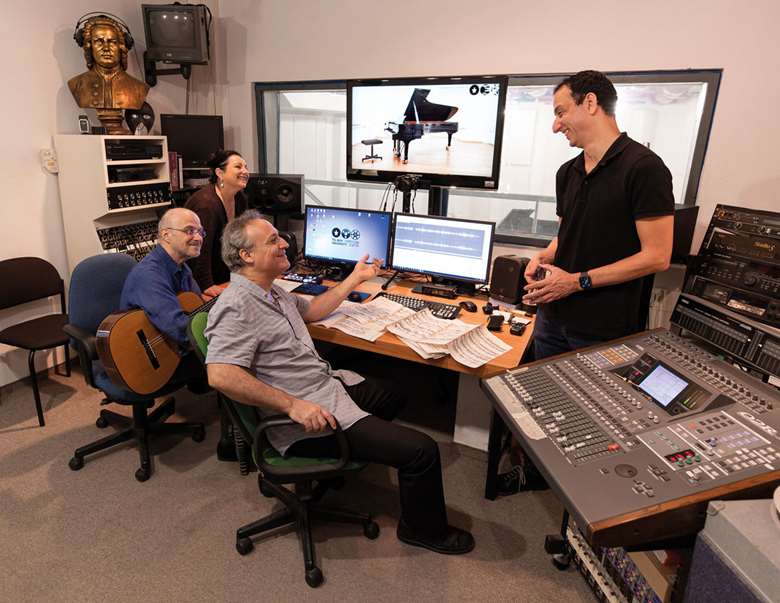Realising the full vision of Le Tombeau de Claude Debussy
Tomer Lev
Monday, December 7, 2020
Nearly 30 years ago, I promised myself that this rare treasure would and must be shared with the entire music world – and now it can be

Register now to continue reading
Thanks for exploring the Gramophone website. Sign up for a free account today to enjoy the following benefits:
- Free access to 3 subscriber-only articles per month
- Unlimited access to our news, podcasts and awards pages
- Free weekly email newsletter








